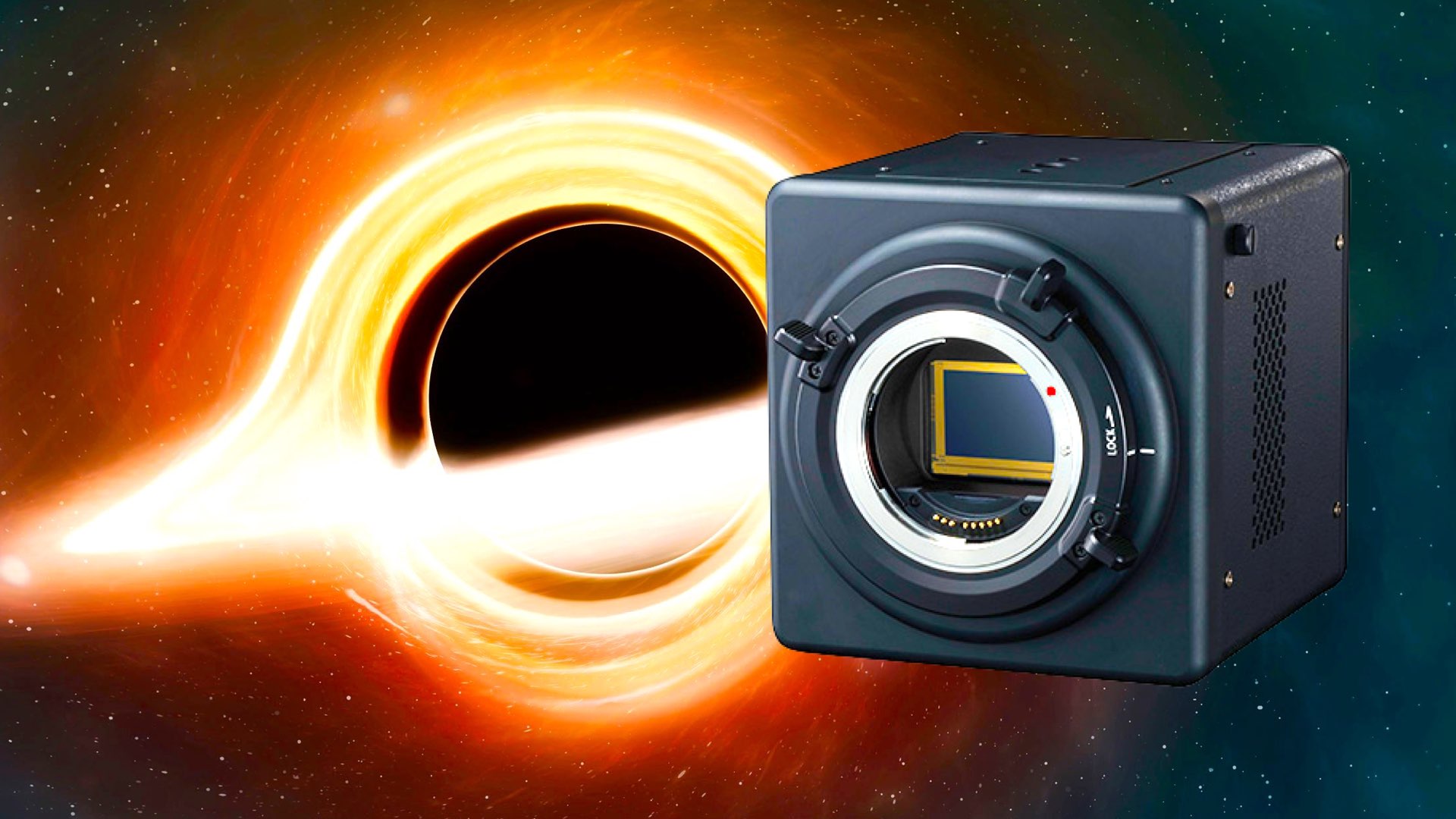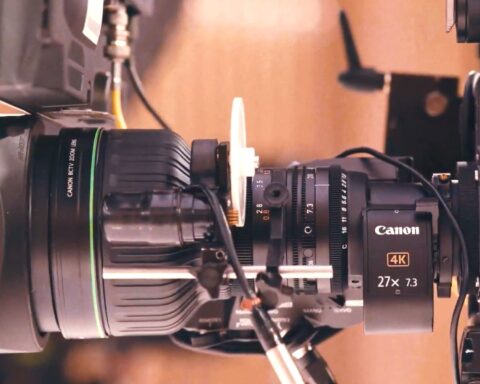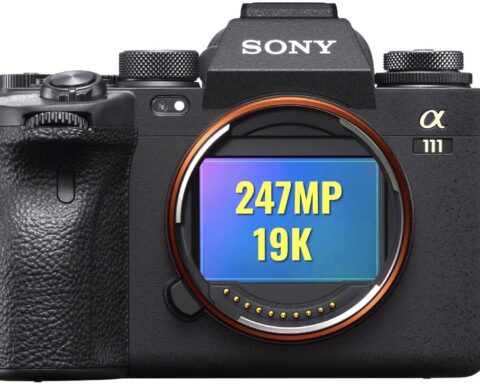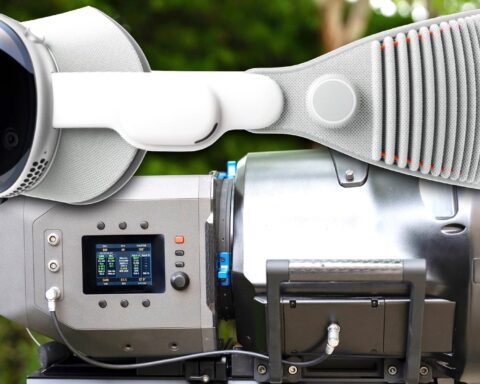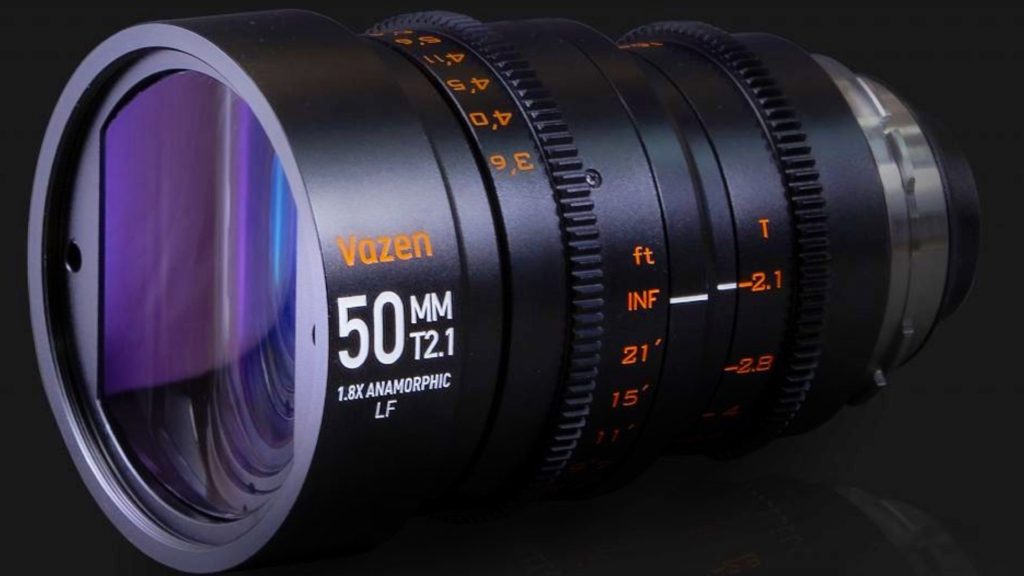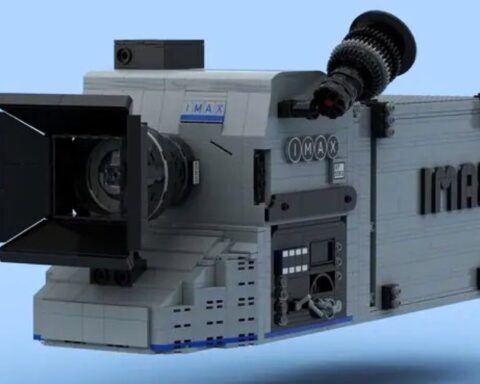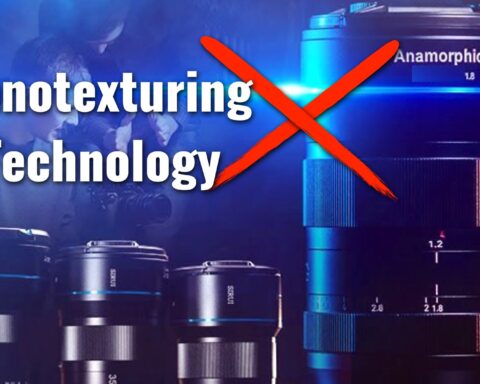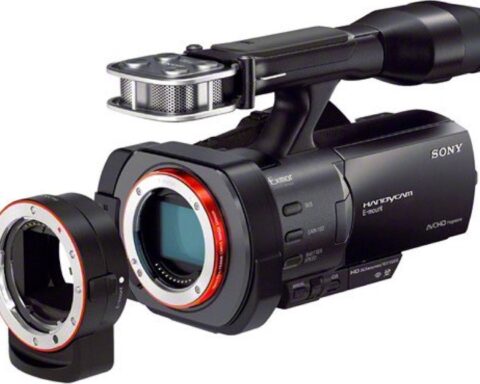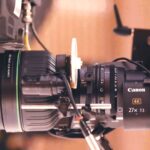Canon has announced that the new TriCCS (Tricolor CMOS Camera and Spectrograph) astronomical observation system, which employs Canon’s ultra-high-sensitivity image sensors and the Seimei Telescope installed at the Okayama Observatory, Kyoto University (Asakuchi City, Okayama Prefecture), will commence operation on August 2, 2021. In simple words, the Canon full-frame multipurpose camera armed with an ultra high sensitivity CMOS sensor will accelerate the pursuit after black holes and other space phenomena.
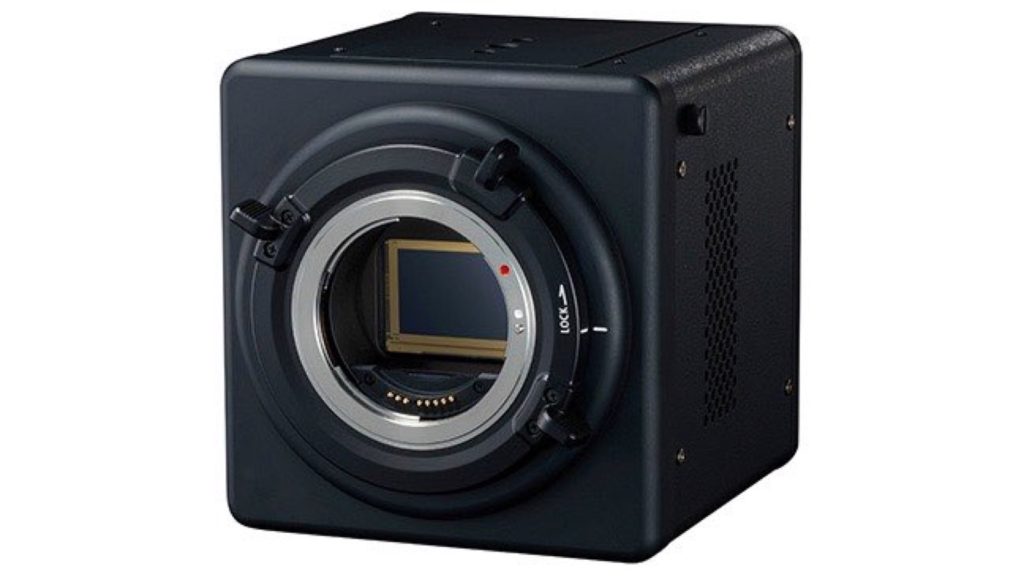
Canon super-sensitive full-frame cameras
In October 2020, Canon announced two new ultra-high sensitivity 35mm full-frame CMOS sensors—the LI3030SAM (monochrome) and LI3030SAI (color/near-infrared)—which feature greatly enhanced sensitivity compared to predecessor models thanks to a new pixel configuration. These new cameras feature large 19μm x 19μm (micrometer) pixels that realize ultra-high sensitivity and enable image capture in environments where subjects would be difficult to discern with the naked eye. Capable of a full readout resolution of 2160 x 1280, greater than that of Full HD (1920 x 1080), the LI3030SAI and LI3030SAM were aimed for astronomical observation, which requires a large image capture area, as well as such high-resolution imaging in various applications. In fact, a similar model has won the 71st Annual Technology & Engineering Emmy Awards. Read our article in regard: The Canon Super Sensitive ME20F-SH Multi-Purpose Camera Gets Emmy.
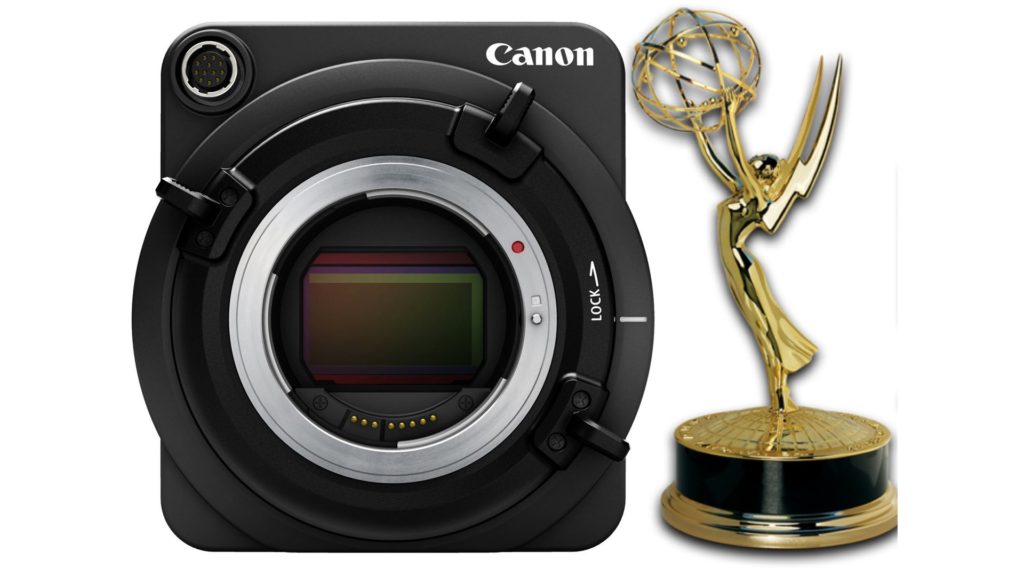
Ultra-high sensitivity CMOS sensors
The CMOS sensor that stars in Canon ultra-high sensitivity multipurpose cameras is the LI3030SAM/I which is capable of monochrome/color video capture in very low-light environments with as little as 0.0005 lux (light of a crescent moon is roughly equivalent to 0.01 lu) of illumination. In addition, the sensor can detect even weak signals based on differences in such factors as the percentage of near-infrared light reflected and absorbed, making it useful in the sub-surface observation of objects, nighttime monitoring, and more.
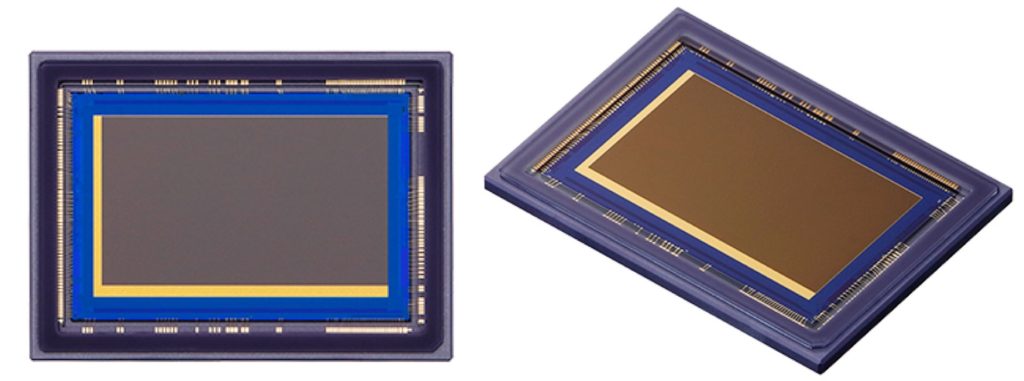
Utilizing full-frame to capture black holes
Canon full-frame multipurpose cameras with the LI3030SAM CMOS sensor were implemented in TriCCS (Tricolor CMOS Camera and Spectrograph) system, and thus facilitating the detection of multiple wavelengths of light at high speeds, making possible the observation of such subjects as dark celestial bodies located far away and bodies that experience rapid and significant changes in brightness. As such, the TriCCS system utilizes technologies including Canon’s LI3030SAM 35mm full-frame CMOS sensor which is 19μm x 19μm (micrometer) pixels enable it to capture images in low-light environments with as little as 0.0005 lux of illumination, as well as reduce signal noise, a problem that commonly accompanies larger pixel sizes. In addition, the sensor supports high-speed image capture at up to 98 frames per second (FPS). This new and improved ability allows the observation of conventionally difficult-to-capture distant and dark events including supernovae or subjects that rapidly change in brightness such as neutron stars and black holes.
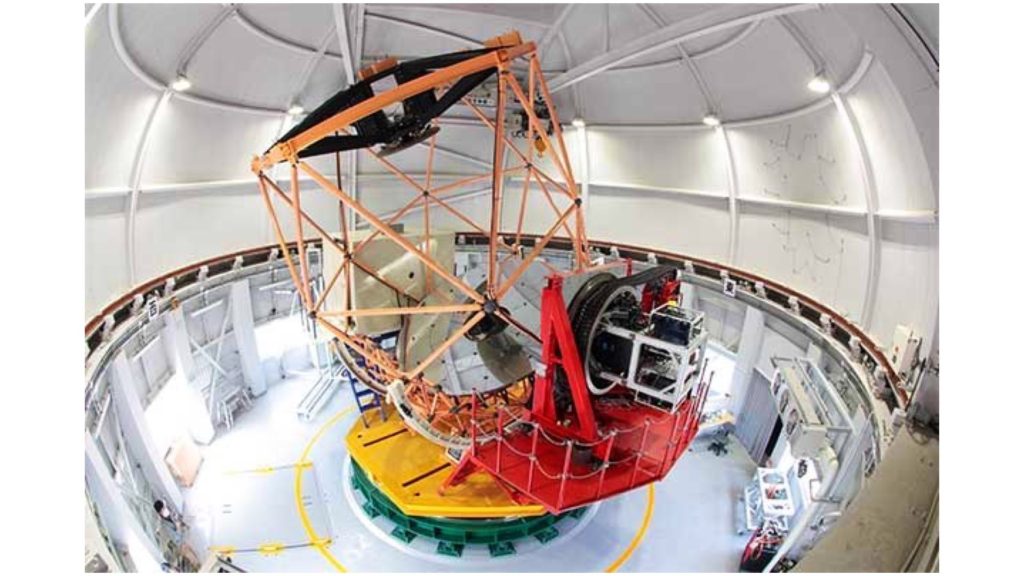
Final insights
It’s nice seeing a full-frame camera that is being utilized for space research. Interestingly, we wrote about the Blackmagic Pocket 6K Pro that helped to capture the moon by being attached to a telescope. The case above is very similar to that. Using the ultra sensitivity, high FPS, and special noise reduction characteristics of the Canon multipurpose super sensitive 35mm camera, to explore the stars and boost space research, is cool and intriguing. What are your personal thoughts about this? Comment below.
Product List
- Camera: Canon ME20F-SH Multi-Purpose Super-Sensitive Full-Frame. Price: $20,000 [maxbutton id=”1″ url=”https://adorama.rfvk.net/vnP7jd” ]
- Camera: Blackmagic Design Pocket Cinema Camera 6K Pro. Price: $2,500 [maxbutton id=”1″ url=”https://adorama.rfvk.net/2r16zg” ]


